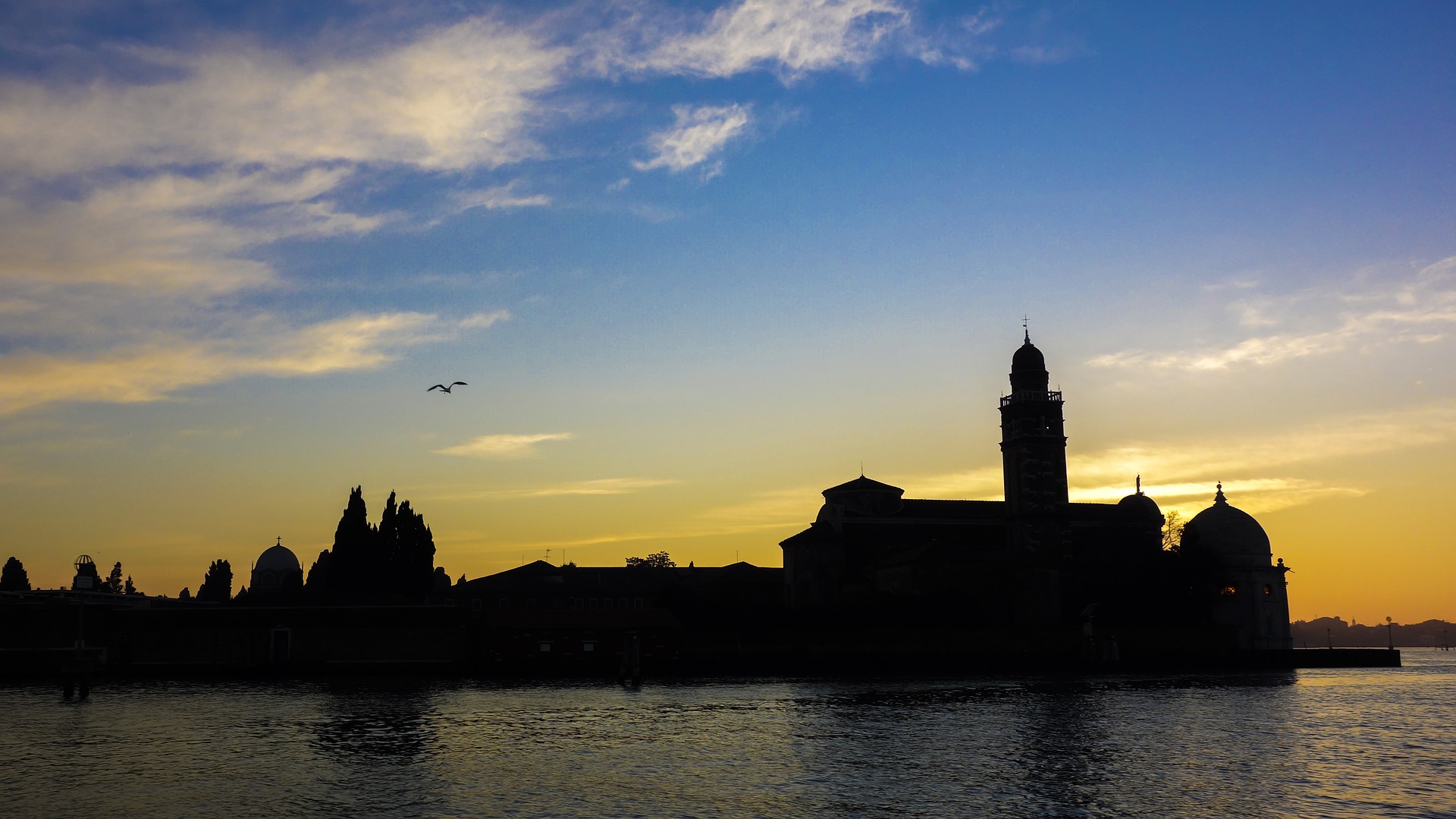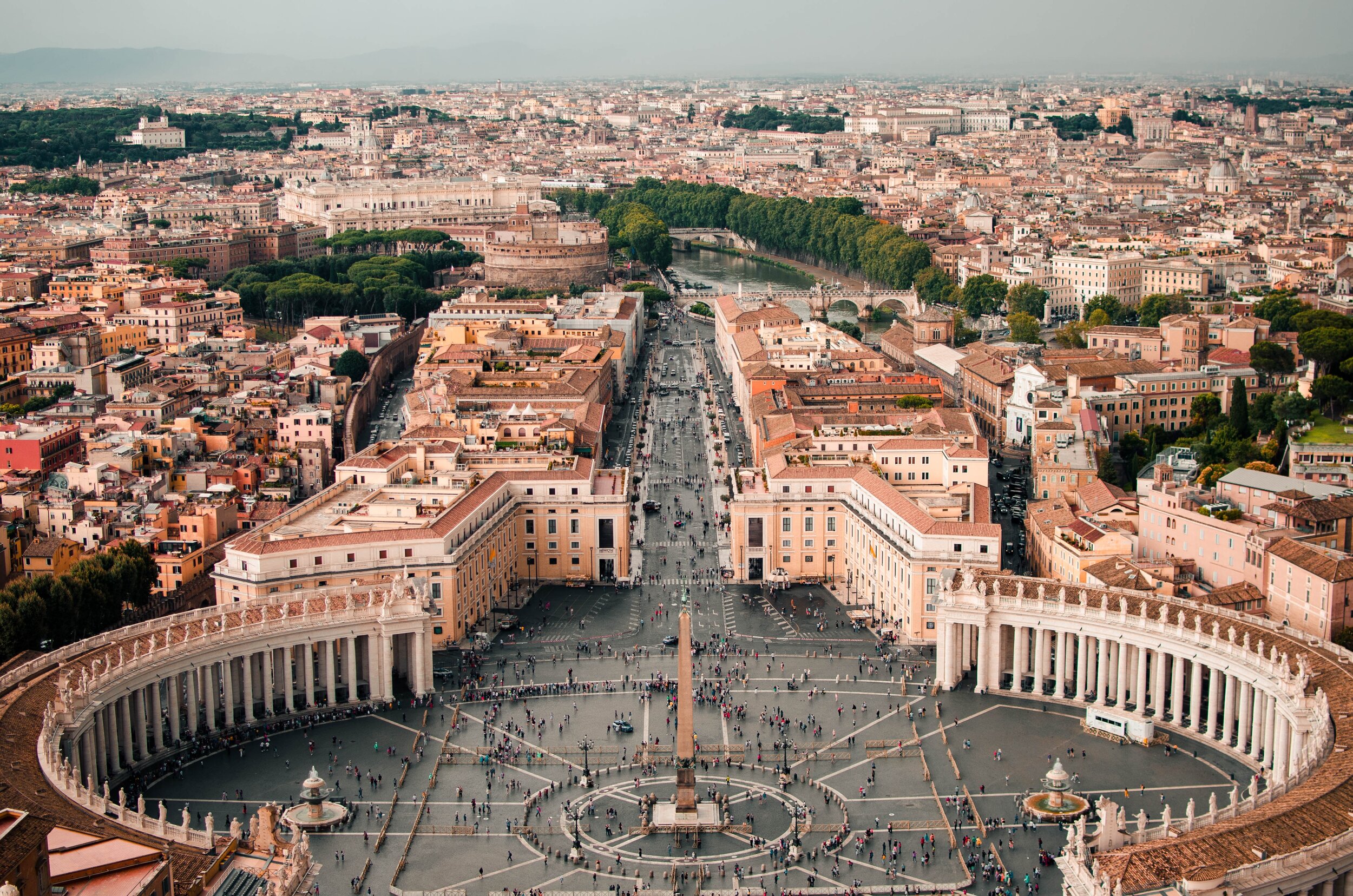Our world is a magnificent, mysterious place, which makes exploring it all the more exciting. But there are some sights that will remain a mystery to us as they are forbidden to tourists. More and more places are being shut down, as our impact can have devastating consequences on the environment. For instance Ko Phi Phi Leh, Thailand, became a prime destination following its exposure in Danny Boyle film, The Beach, and is now closed to the public to protect its marine environment. However, we are blessed with a world of endless possibilities, and thankfully there is an abundance of alternatives and compromises for those longing for a particular experience.
North Sentinel Island, India
This island and its people have managed to remain separate from our modern world, and the Sentinelese tribe has become one of the most uncontactable tribes in the world. Its isolation from the mainland and any trade routes has helped distance it from contact from the outside world, but now it is the reputation of its people that has stopped visits from any outsiders. They are infamously hostile, and the Indian Government have respected their wishes by banning tourists, and even anthropologists, from going there. The island has made its way into headline several times, after the 2004 tsunami the Indian Coast Guard flew a helicopter to assess but were greeted by flying arrow. A misguided American missionary broke the law in attempt to convert them to Christianity, and was killed on arrival.
Where to go instead: Papua New Guinea
If you are interested in more tribal ways of life around South Asia/Oceania, Papua New Guinea offers that experience with tribes that welcome outsiders. It still remains fairly untouched and keeps its traditions, showing little influence with our modern world. Witness rituals, join in tribal festivals, marvel as there headpieces and say goodbye to internet, it's time to get off the grid!
Papua New Guinea
Lascaux Caves, France
The origins of human beings is truly fascinating, and one of the most insightful ways to see for yourself how cave men would live is to visit a site with Paleolithic paintings. The Lascaux Caves in southwest france have some of the most well preserved, and famous, prehistoric paintings in the world, estimated at 20,000 years old. The caves were discovered in the 1940s when 4 boys chased their dog through a fox whole, but was already sealed off to tourists in 1963. Its closing is, again, mostly due to both safety, as the caves developed funghi and black mold which is detrimental to human health, as well as to human presence, which has a negative impact on the works of art.
Where to go instead: Lascaux Museum, Altamira caves or El Castillo caves
The french government has built a near perfect replica of the caves and an accompanying museum where tourists can experience it. However, if you are looking for an authentic alternative, you could be in with a shot of seeing the Altamira Caves in Spain, but this is not guaranteed as only 5 lucky visitors are picked each week at random to see the caves. If you’re looking for a more certain opportunity to see the real thing, El Castillo caves are a good option. In fact these caves have the oldest cave paintings ever found, at 30,000 years old, but consist of simple paintings such as handprints and red dots.
Altamira caves, Spain
Snake Island, Brazil
Ilha da Queimada Grande, nicknamed Snake Island, is 25 miles off the coast of Brazil. There's good reason for it: if the nickname didn’t tip you off, there is about one deadly snake per square foot on the island. These snakes are so deadly that is now illegal for humans to visit the island. Their poison is so potent, just one bite could kill a human in an hour. The snakes on the island are golden lanceheads, and they have adapted to an island where they sole prey are birds, so evolution has affected the toxicity of their poison to catch a bird with just one bite. Unbelievably the island was briefly inhabited by a lighthouse keeper and his family up to the late 1920’s, in fact maintenance on the lighthouse forces the navy to still visit sometimes.
Where to go instead: Ilha Grande
Just an hour away from Rio De Janeiro, this island has stunning beaches, tropical forest trails and still feels a bit untouched, in that there are no cars on the island.
Ilha Grande, Brazil
Heard Island, Australia
Although technically owned by Australia, this island is actually situated between Madagascar and Antarctica. It is known for its two highly active volcanoes, and is inhabited by species of animals including penguins, seals, and birds. As a nature reserve, the island has restrictions in place whereby only visitors with ‘compelling scientific reasons’ can obtain landing permissions. Therefore only select scientists have the privilege of experiencing this island’s beauty.
Where to go instead: Iceland, South Georgia and Antarctica
Heard island with its combination of strong volcanic activity and sheets of ice bears similarity with Iceland, the land of fire and ice. However if you are more interested in witnessing similar wildlife in their natural habitat, an expedition to South Georgia and Antarctica would be the ideal opportunity, again with similar dramatic landscapes.
South Georgia
Poveglia, Italy
A short distance from Venice, just off the Lido sandbar, this small island is officially banned to tourists and locals alike, but if you’re determined, you can undergo a lengthy paperwork process to get permission to visit. The island has been abandoned. With mass graves, or ‘plague pits’, this island is a world away from the romantic, fairytale-like Venice. Instead, its dark past has given it a reputation as one of the most haunted sites in the world! Throughout the years the island was used as a location for quarantine, especially in 14th century during outbreaks of the bubonic plague, as well as an Asylum for the mentally ill in the 19th Century.
Where to go instead: Isola di San Michele or Ospedale Psichiatrico di Volterra
Venice, in essence, is a collection of islands and there are other islands still in the Venetian Lagoon including Poveglia and Isola di San Michele. Isola di San Michele has several similarities to Poveglia, it is a similar size with a sombre atmosphere (it has a graveyard) and a few buildings including an old church. However if its the abandoned Asylum that you feel drawn to, you can still visit the Ospedale Psichiatrico di Volterra which was recently reopened to the public.
Isola De San Michele, Italy
It’s almost inevitable that we’re drawn to these forbidden places, the fact that few have experienced it makes it all the more desirable. However these limitations have been put in place for good reason, whether it’s for our safety or to preserve what is intrinsically special about that sight, we must respect the decision.
Written by Jade Touron, follow her experiences on Instagram



















Depending on how long a journey is, travelers usually find it difficult to maintain some healthy habits while traveling. Most of them just want to sit in there and have the journey completed even if the journey were to last for more than 6 hours! Whether you are getting on a flight for a business trip or some sort of vacation or going by any other means of transportation, there are some healthy tips to take into consideration during any journey and one of the most important is making sure to stay hydrated. Dehydration can worsen a jet lag effect if you flew for long, making it more difficult for you to adjust to the time change. Here are some tips that can help you stay hydrated during any journey.